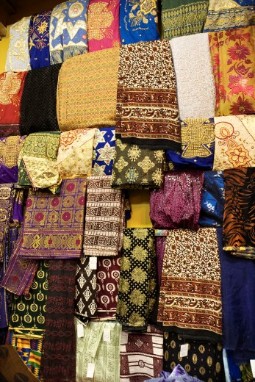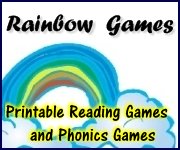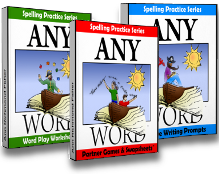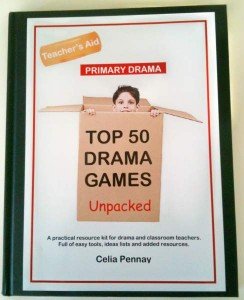Math Journals
Using Creative Writing Ideas for Problem Solving
Math journals are where words and numbers meet and marry! Spice up the problem solving in daily math journals with creative writing ideas. Why write creatively with math journals? Put simply, a math journal is a problem-solving notebook. An element of fiction, of course, is a problem to solve. Capture kids' interest by allowing favorite fictional characters to explore mathematical questions and answers, all in the pages of math journals.
Why Creative Writing in Math Journals?
Math journals serve as records of growth in both mathematical understanding and written communication. They are visual evidence of the thought processes kids use to work out strategies and solutions for math and writing tasks. Math journals support writing across the curriculum, because not only must kids learn to do math, but they must articulate on paper what they are learning. In these problem-solving notebooks, kids organize, clarify, and reflect upon mathematical ideas through the deep-processing of writing. Math journals offer insight into what kids understand, how they approach abstract ideas through concrete language, and what concepts may need reteaching. By drawing upon the richness of literature and creative writing, math journal topics easily capture kids' interests. Geometry and data analysis are always more fascinating when kids must solve math problems through the mind of a familiar character!Good Creative Writing Ideas for Math Journals
- allow kids to work at their individual levels of comfort, with choices of problem-solving strategies and techniques.
- encourage kids to answer the question and learn from the answer.
- allow open-ended solutions.
- go beyond merely practicing computational skills.
- allow kids to explore divergent ways of thinking.
- provide opportunities for small group or whole class work and discussion.
- capture kids' natural interest.
- draw upon the wealth of children's literature and of creative writing itself.
Sample Tasks for Math Journals
Let's ask Cinderella, a favorite princess from many creative writing activities, to demonstrate a few sample tasks for math journals. These tasks are based upon National Council of Teachers of Mathematics (NCTM) standards.
- Geometry. Cinderella would like to decorate the castle with new tapestries. Which geometric designs will she choose? Why does she like these geometric shapes? How will she organize the patterns? Draw examples of her new tapestries.
- Number and Operations. Cindy had seven beautiful ball gowns. She sewed satin lace onto some of them. How many gowns had the new lace? How many did not? Is she planning any other alterations for her gowns?
- Measurement. Cindy's two stepsisters need new dresses for the Christmas ball. How tall is each stepsister? How much fabric will each sister need for a new ball gown? What other matching accessories do Cindy's sisters need?
- Data Analysis. The royal chef is creating the Christmas banquet menu. He will prepare five favorite dishes. Which ones will he serve? How much of each dish will be needed to serve how many people?
Additional Suggestions for Math Journals
- Write stories incorporating open-ended mathematical questions. Have kids read the story and respond to each question as it appears in the gist of the story. For a large collection of creative writing prompts, click here.
- Use a weighted math journal rubric to score student-written stories, focusing not only on the traits of good writing, but also on mathematical concepts.
- Center creative writing in math journals around kids' favorite activities and settings. Favorite activities run to bowling, movies, comics, group play, puzzles and maps, bikes and skateboards, arts, crafts, and journaling, video games, television, and the Internet. Favorite settings include caves, castles, amusement and water parks, circuses, skating rinks, the theatre, oceans, islands, beaches, jungles, zoos, and foreign lands.
Return from Math Journals to Creative Writing Ideas
Return from Math Journals to Creative Writing Ideas and Activities
Helping You Write Across the Curriculum!
copyright 2009-2013 www.creative-writing-ideas-and-activities.com
Our Most Popular Pages
5. Writing a Personal Narritive
10. Elements of Persuasive Writing
Recommeded Resources:
AnyWord(TM) Spelling Practice Series!
Worksheets, games and activities to use with any spelling words. Three volumes in all!
Stop Essay Pain!
LitWorks.com
Resources to help students prepare for literature examinations.
Teach Kids Drama!










